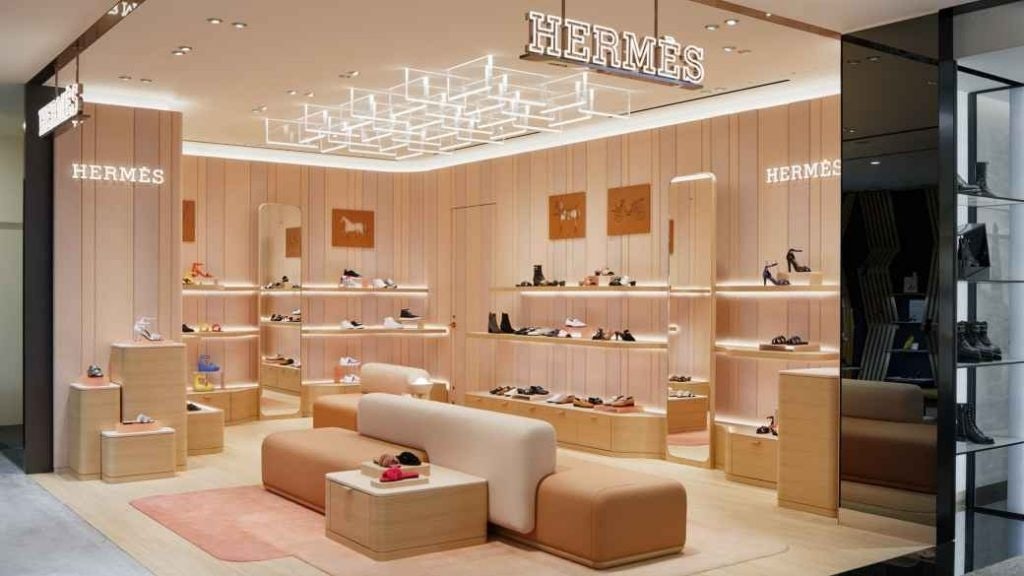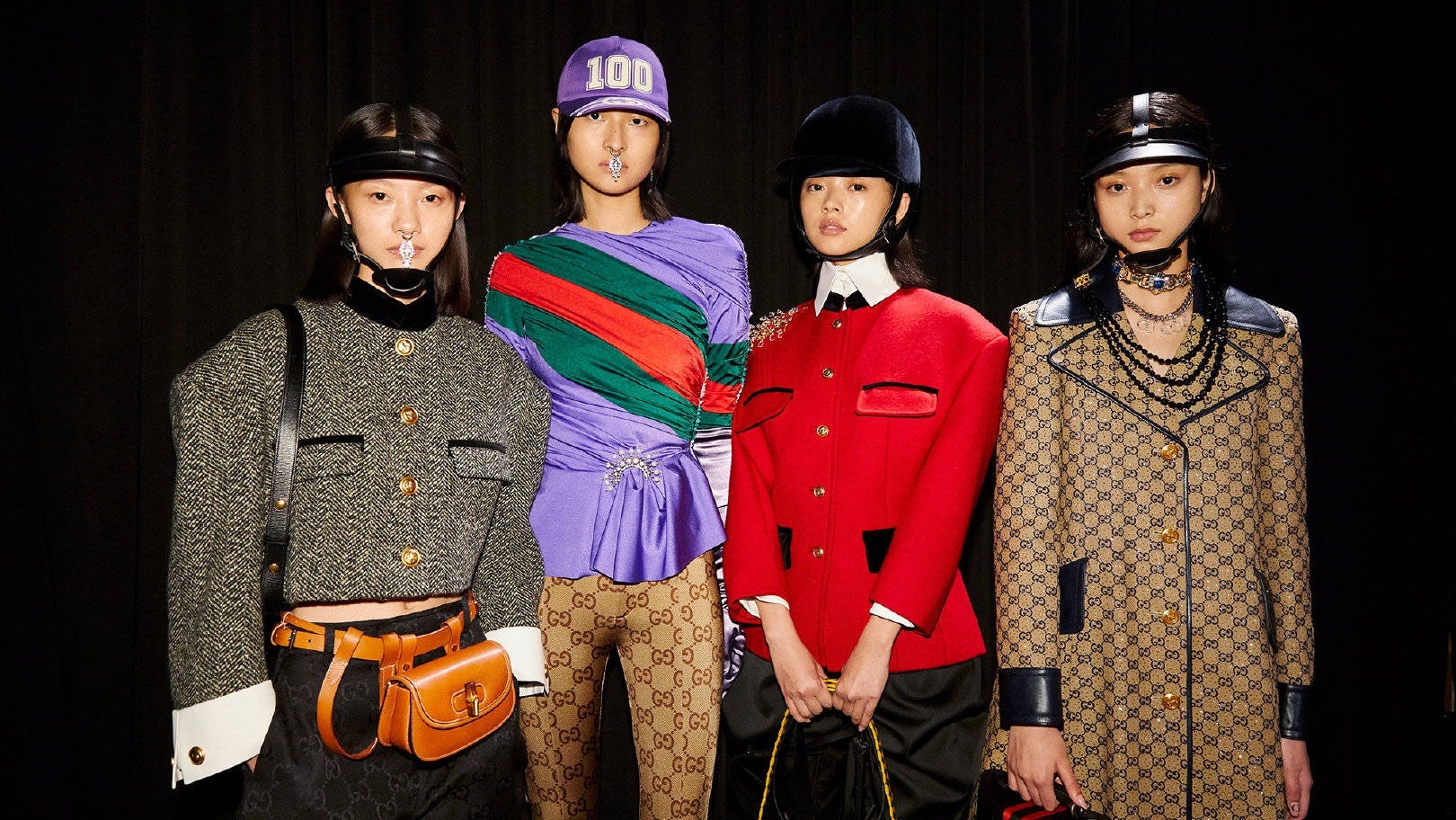Key Takeaways:#
COVID-19 has acted as an accelerator for digitization, with online shopping jumping by 50 percent between 2019 to 2020 and growing further by 27 percent in 2021, year-on-year.
Luxury should continue to focus on pop-up stores, special collaborations, and drop sales because millennials and Gen Zers will increasingly account for a bigger proportion of luxury consumption.
The second-hand luxury market, valued at 38 billion, is now also worth luxury’s attention, as it is growing more than twice as fast as first-hand luxury.
Are you putting enough effort into China? If not, then according to the latest Bain & Company report, you should be. Major luxury players that have established a strong presence in China over the years have been greatly rewarded in sales and stocks — even during the tumultuous pandemic year of 2020.
Bain & Company’s latest report, released in collaboration with Fondazione Altagamma, states that the country has doubled its luxury market size since 2019 and now represents 21 percent (69 billion) of global luxury spending. And the good news? It isn't too late for new players to enter the market, as those numbers should double by 2025. As the report predicts, China’s global luxury spending will represent 40 to 45 percent by that year as it surpasses the US to become the globe's largest luxury market.
Another exciting takeaway is that luxury has bounced back to pre-pandemic levels well ahead of most forecasts placing that date around 2022-23. And in the fourth quarter, Bain expects the industry to grow 1 percent over 2019 to reach 325 billion, ending the year on a positive note. Additionally, the consulting firm estimates the luxury market to reach 412-435 billion by 2025, with a sustained growth of 6-8 percent annually. These numbers leave many wanting to know: How can brands best leverage this expected growth?
Online opens up new buyers for luxury#
Undoubtedly, COVID-19 has acted as an accelerator for digitization, spurring on the rise of online premium product purchases. According to the research, online shopping jumped by 50 percent between 2019 to 2020, growing further by 27 percent in 2021, year-on-year. In the case of China, the number of domestic luxury consumers purchasing online grew by more than 40 percent year-on-year during the Double 11 Shopping Festival.
Fueling this online growth is China’s lower-tier consumers, who lack convenient access to high-end brick-and-mortar stores yet yearn for premium products. Given this consumer shift to online and the opportunities lower-tier shoppers are offering, even the most unexpected category (Swiss watches and jewelry) have rushed to establish a presence on China’s top e-commerce platform, Tmall. However, as online competition gets even more fierce, brands must upgrade their online experiences through unique features, virtual tools, and personalized interactions.
Luxury's main consumption forces: Millennials and Gen Z#
More hype, it seems, is always better. Luxury should continue to focus on pop-up stores, special collaborations, and drop sales. According to Bain, the under-40 set (millennials and Gen Zers) will increasingly account for a bigger proportion of luxury consumption. Bain forecasts that, by 2025, more than 70 percent of purchases will be made by millennials and Gen Zers.
Brands that have gained a familiarity with young consumers, namely Gucci x Balenciaga, Fendi x Versace, and Tiffany x Supreme, will probably be future winners. Given that companies must constantly innovate to lure this target, those that bore will quickly be forgotten.
The booming second-hand market#
The second-hand luxury market, valued at 38 billion, is now also worth luxury’s attention, as it is growing more than twice as fast as first-hand luxury. Between 2017 and 2021, the market size of second-hand luxury ballooned by 27 percent (first-hand luxury only grew by 12 percent over that same period.) According to report co-author Federica Levato, this “growth is driven by an expanding demand from the consumer base but also by the increased number of operators.”
In fact, by August 2021, there were 9,758 registered business activities related to second-hand luxury resale in China, one-third of which opened between 2020 and 2021. That growth has been fueled by young consumers with tighter budgets, as it has become a trend to collect vintage pieces in the country.

Shoes are the new 'statement' pieces#
Sneakers are replacing handbags as new consumer statement pieces, and Bain’s data confirms this: Cross-geography footwear is the best performing category in 2021, surpassing leather goods. In 2021, sales of luxury shoes (a market valued at 26 billion) increased 11 percent compared to 2019. By comparison, the leather goods category, with total revenues of 71 billion, grew by 8 percent over the same period. Meanwhile, the jewelry sector (valued at 25 billion) posted a seven-percent increase. No wonder Hermès opened its first footwear boutique in Japan this year.

Finally, logos continue to be favored in shoes and accessories but are seen less as a status symbol for displaying wealth now. Today, they are considered statement pieces that express values like sustainability, inclusivity, and social responsibility.
These topics have been hotly debated for a while now. But with ongoing catastrophes, young consumers feel an urgency to cut their carbon footprint to secure a future for themselves and future generations. As such, brands must align with them. As Claudia D’Arpizio, a Bain & Company partner and lead author of the study, says: “Where once it was all about status, logos, and exclusivity, luxury brands are now actors in social conversations, driven by a renewed sense of purpose and responsibility.”
Seemingly, many things have changed since the COVID-19 outbreak. But they were already happening, and the pandemic merely accentuated or accelerated their path into mainstream purchasing habits.


